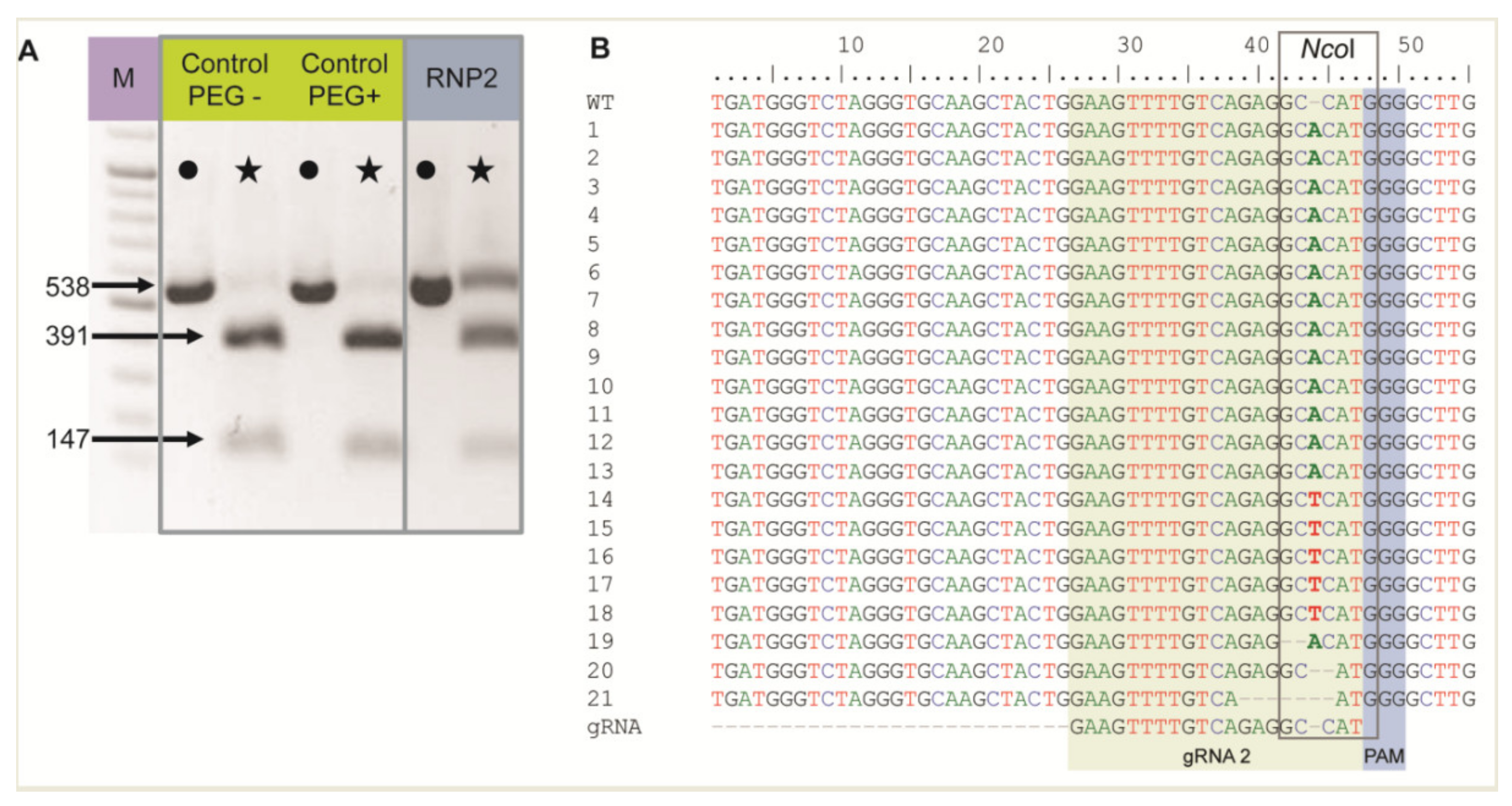

The PCR product was Sanger sequenced using the BigDye 3.1 reaction protocol on 3130XL genetic analyzer (Applied Biosystems) at the Bioscience Center, IITA, Ibadan, Oyo. The gel was prepared and run at 75 volts for 90 min and visualized with a UV Transilluminator (Figure 2B). The amplicons were electrophoresed on 1.5% agarose gels. The thermal cycler program used was as follows: Initial denaturation at 94ËšC for 5 min, followed by 36 cycles of denaturation at 94ËšC for 30 s, annealing at 54ËšC for 30 s, elongation at 72ËšC for 45 s, a ï¬nal elongation step at 72ËšC for 7 min and hold temperature at 10ËšC.
#Ncbi bioedit version 7.2.5 free#
The PCR reaction mix (25 µl) contained 2.5 µl of 10x PCR buffer, 1 µl of 25 mM MgCl 2, 1 µl each of forward and reverse primers, 1 µl of DMSO, 2 µl of 2.5 mM dNTPs, 0.1 µl of 5µg/ µl Taq DNA polymerase, 3 µl of 10ng/µl DNA and 13.4 µl Nuclease free water. ITS5F (GGAAGTAAAAGTCGTAACAAGG) and ITS4R (TCCTCCGCTTATTGATATG) primers were used for amplification. Polymerase Chain Reaction (PCR) of the extracted genomic DNA was done in a GeneAmp PCR system 9700 PCR thermal cycler. To check the DNA quality, it was run on a 1% ethidium bromide agarose gel (Figure 2A). Genomic DNA was extracted from a five-day-old fungi culture grown on PDA using ZR Quick-DNA Fungal/Bacterial Miniprep™ extraction kit (Zymo Research, CA, USA) according to the manufacturer’s instructions.


 0 kommentar(er)
0 kommentar(er)
